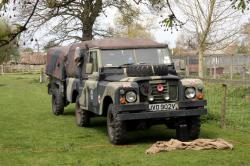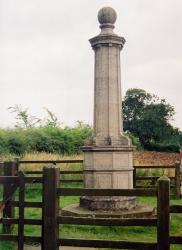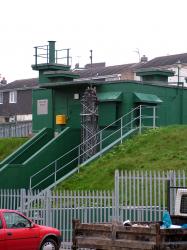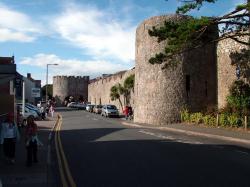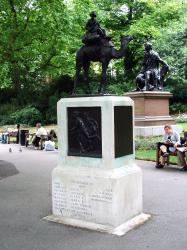Translate this Page
Cropredy Bridge
Battle Name : Cropredy Bridge
Date(s) : 29 June 1644
Part of : The Civil Wars of the Three Kingdoms , The 1st English Civil War ,
Outcome : A victory for Royalist Forces over Parliamentarian Forces
Type of battle : Land
Summary
The King, after deciding not to assault Waller's troops near Banbury, made for the bridge over the Cherwell at Cropredy. Waller, seeing that the Kings forces had become spread out, attacked and attempted to block the Royalist path across the bridge. Valiant action by the Royalist horse under Thomas Wentworth, Earl of Cleveland permitted King Charles to regroup and repulse Waller's main attack who fell back.
Location
The Bridge over the Cherwell at Cropredy, and Hayes Bridge and the ford above and below it, between Banbury and Daventry, Oxfordshire, England (England)
More details
The Parliamentarians, under Sir William Waller, with 4,000 infantry and 5,000 cavalry were trying to isolate and destroy the rearguard of the Royalist Army, which was commanded by Charles 1st himself, consisting of 3,500 infantry and 5,000 cavalry.
Waller, seeing that the Kings forces had become spread out, attacked and attempted to block the Royalist path across the bridge. Valiant action by the Royalist horse under Thomas Wentworth, Earl of Cleveland permitted King Charles to regroup and repulse Waller's main attack who fell back.
The Parliamentarians had been halted by hard fighting, then driven back across the Cherwell when the reinforcements arrived from the Royalist main body. The moral of Waller’s troops collapsed and they mutinied. Royalist casualties were light, but the Parliamentarians had 700 killed, wounded and deserted.
By the middle of July Waller’s army had dispersed. The force who deserved the credit was Sir Thomas Wentworth’s. His force routed Waller’s main body during heavy fighting on the bridge.
The Success at Cropredy by the King was marred by the news of the disaster at Marston Moor.
[Additional details supplied by Chris Auckland of Thomas Wentworths Regiment of the Sealed Knot]

